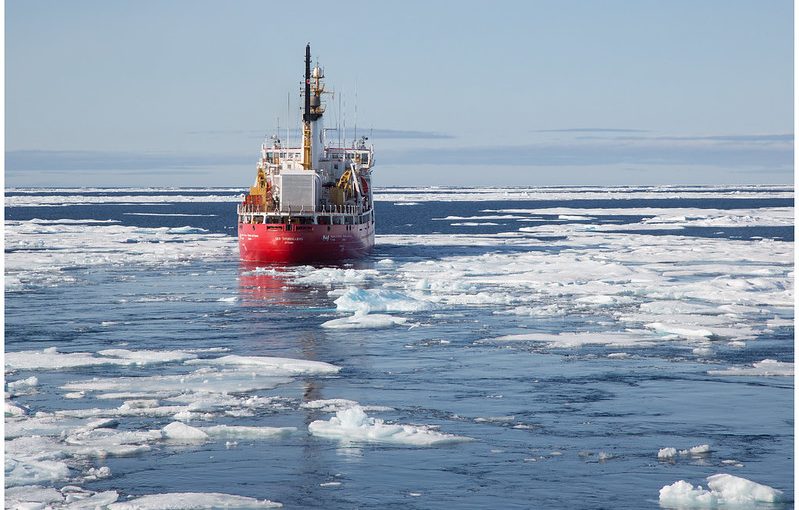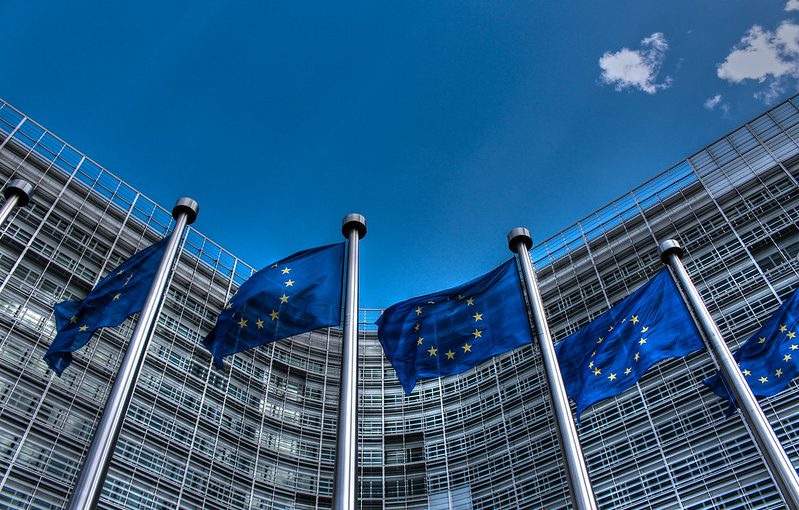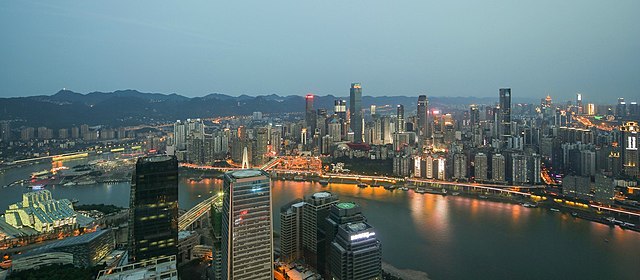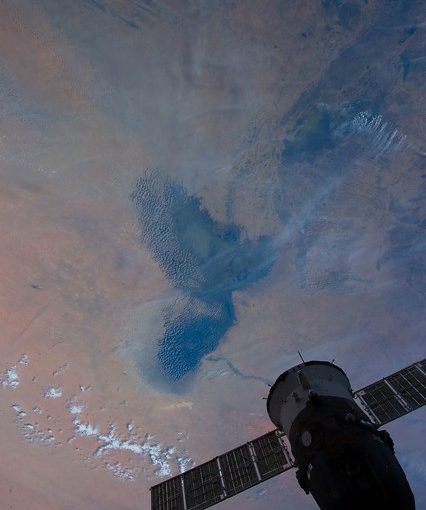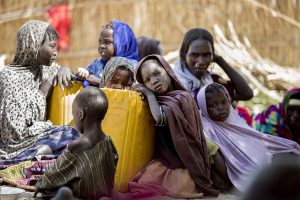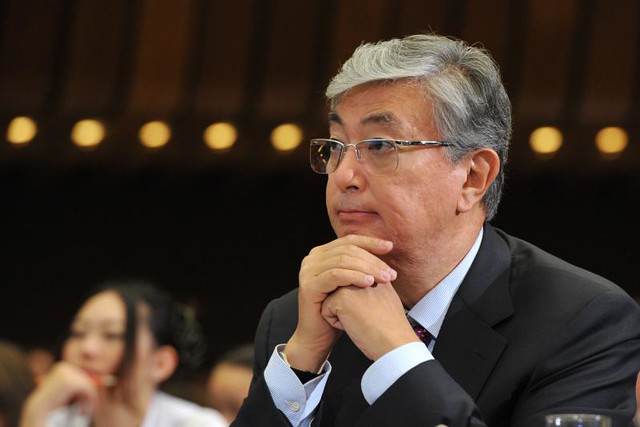by Philippe Valdois RSA
When asked about Europe’s position regarding the US-China confrontation, more questions than answers came to my mind. Can we see a consensus emerging, and as multilateral institutions and rules are coming under attack around the world, will it be possible for European countries to tune up their violins? Another major issue concerns the fear of coercion by superpowers. It could divide, or unite European countries. And what about the fear of war? Considering how complex the nature of this confrontation was, this essay would quickly become a review of sorts calling out for the opinion of a number of experts, in economics, in finances, in AI, in IT, in security, in diplomacy or in the military. There is however one central issue rarely debated as it should be, the digital economy, that I would like to introduce first as example. If we hear Washington criticizing China under the guise of protecting national security, the trade battle is in fact more about who will control the digital economy.
I will then leave the other issues to be sorted out by experts and examine instead from a larger perspective how fear and incertitudes are amplified on various fronts, for political or economical gains. This might help us understand better how the EU could develop strategies aimed at restoring multilateral alliances and reestablish a better relation of trust with its trade partners, in a world where economic interdependency prevails, regardless of the numerous attacks on the multilateral system I mentioned previously. There isn’t any unique solution to this set of challenges and it is difficult to be optimistic. The European Union, like the ASEAN, is promoting multilateralism and integration, but as such is now facing an existential threat. The Covid-19 has exposed divisions inside those institutions and has offered an opportunity for the US and, beyond politicians’ words and slogans, China, to erode cohesion. The US-China confrontation will make it even more difficult for the EU to maintain a semblance of neutrality.
Fear of War
The greatest fear of all is the threat of war. I do not subscribe to the theory of the Thucydides Trap. However, looking back at the Soviet-American Cold War that took place between 1962 and 1979, there is no doubt in my mind that the confrontation between China and the U.S. now taking place shows all the attributes of a cold war. If no proxy wars are being waged and if the barbs traded between Washington and Beijing often turn into a debate on the merits of multilateralism, there is not one day when the media do not mention acts of espionage, coercitive mesures taken to ensure that allies will follow in step as economic actions are taken, or false statements used as propaganda tools.
Willis Sparks offered on Sept. 21, 2020 an eight days timeline under the evocative title US-China: Temperature rising. He mentioned a wide range of initiatives, sanctions and warnings related to and not limited to trade, economics and security. One case even involved the Chinese Union Development Group and a project conducted in Cambodia and associated with Beijing’s Belt and Road project.
The US administration is not shy in naming the enemy, and it is China. War games and simulations usually involve an unnamed enemy. This is no more the case. Both US Secretary of State Mike Pompeo and other high-profile members of the US administration have use harsh words directed at China. In fact, naming the enemy while condemning the country’s regime and its strategic ambitions might be one thing, but it is irresponsible in the context of a potential military confrontation with the second economy in the world to call for a change of regime.
Secretary of Defence Mark Esper reiterated Pompeo’s narrative in his speech at RAND Corporation’s Los Angeles office on Sept. 16, 2020.
China, for example, is exerting its malign influence through its ‘One-Belt, One-Road’ Initiative. This campaign has left weaker nations with crushing debt, forcing them to take their economic relief at the expense of their sovereignty. Additionally, Beijing’s aggression and disregard of its commitments in the South and East China Seas – such as the sinking of a Vietnamese vessel and escorting of Chinese fishing fleets into the exclusive economic zones of Indonesia and the Philippines – are further examples of the Communist Party’s attempts to reshape and undermine the international order that has benefitted nations, large and small.
He was even more blunt two days later when, on Sept. 18, 2020, according to USNI News he said that “the Navy needed to ensure it was investing in its people, their training and their families so they could be ready to deter or fight China.”
We are reminded of President George W. Bush’s famous words pronounced before the Congress 9 days after the 9/11 terrorist attacks: “Every nation, in every region, now has a decision to make. Either you are with us, or you are with the terrorists.” The current US administration made it clear that its allies would have to choose camps. As Washington multiplies its contacts with Taiwan and tensions intensify, The conduct by France, the United Kingdom and other US allies of freedom of navigation operations, in both the Southern China Sea and the Taiwan Strait, could be construed by Beijing as strong acts of provocation.
Fear of coercion
Coercion can take milder forms but still create serious dilemmas for the EU as it did with the Iran issue. The US expects European countries to apply its economic sanctions against China. The EU has to walk a tight rope, not exacerbating the tensions or exposing itself to retaliation from China or a mercurial US. Australia, as a geographic neighbor and major trade partner of China, is more exposed than the EU and can offer Bruxelles an example of what the EU could expect in terms of retaliations from China if it was to engage in a war of words with Beijing or align itself with Washington in criticizing China for its response to the pandemic.
Trade could suffer but we see similar issues arising in the supply chains in the IT sector. It is clear that most attacks directed at China are for domestic consumption and that branding has been a constant in Donald Trump’s arsenal. As Brett O’Donnell, a veteran debate coach, commented:
“What makes the President difficult to debate is that he does stuff through branding. He doesn’t make these long-drawn out substantive arguments. … He just sort of brands you to make a point and then hopes it will be filled in after the fact,”
This trait applies to all his dealings, including with foreign dignitaries. Regarding the IT sector, we can see Donald Trump branding Huawei among other Chinese entities as “thieves,” or “a threat to the world,” but this conflict is not about fairness but about who will control the future, and more importantly for the US President, to offer the image of China as an unfair trade partner to show potential voters that he is protecting the US against Chinese aggression. Here too, The EU is in a position of spectator since out of the seven digital technology giants, the FAAAM (Facebook, Amazon, Apple, Alphabet and Microsoft), Tencent and Alibaba, none is European. The bloc’s historical defense of privacy in the form of strict rules and penalties makes it wary of any attempts by the Chinese and US governments to collect personal information, directly or indirectly, resulting, for example in the rejection of the EU-US data transfer agreement.
I mentioned various characteristics of what could be described as a cold war. It is not difficult to conclude that public opinion is already influenced by lies, misleading informations and propaganda. In China, however, the support for the government and distrust towards the US did not need much nudging from the regime to rise in response to Washington’s virulent anti-China campaign, at least when attributing the responsibility of the propagation and even the “creation” of the new coronavirus virus to China. Part of the support from Chinese citizens was based on the perception that Beijing has done a good job in bringing the pandemic under control. The numbers made apparent to them the fact that the US administration campaign had for main objective to deflect domestic public opinion from the White House failures. A recent Pew Research pol found that 78% of Americans thought that the “Chinese government’s initial handling of the coronavirus in Wuhan is a great deal/a fair amount to blame for the global spread of the virus.” It is to be noted that the level of satisfaction of Chinese citizens for their national leaders is higher than for the local ones, which shows that if nationalist propaganda plays a great part in shaping opinion, the average citizen was able to understand where most of the blame lied.
It is to be noted that if the US negative view of China appears extreme regarding China’s response to the Covid-19, most industrialized countries, including in the EU, share this criticism. However, in Negative views of both U.S. and China abound across advanced economies amid COVID-19, Laura Silver, Kat Devlin and Christine Huang analyze the results of a survey of 14 advanced countries that show a lack of confidence in both China and the US. Here are their conclusions:
- Most people have unfavorable views of both China and the U.S. – but more see the U.S. favorably.
- Most people rate China more positively than the U.S. in its handling of the coronavirus pandemic.
- Few have confidence in either country’s president – but across much of Western Europe, more have confidence in China’s Xi Jinping.
- More see China as the world’s leading economic power than the U.S.
We might be led to believe that China is better positioned than the US under Trump to lead the efforts in reinforcing a multilateral world system. However, other factors are influencing European’s opinion.
I mentioned Australia and a case of economical retaliation by Beijing in response to Canberra criticizing its policies. China’s authoritarian regime is more and more denounced for its heavy-handed initiatives. In Europe and the New Sino-American Cold War Nicolas Regaud reminds us that the EU has designated in 2019 China as a “rival systémique,” ou systemic rival. Additionally, if the EU is not willing to budge on human rights issues, Nicolas Regaud explains that:
Brussels considers that deep disagreements with Beijing should not prevent it from cooperating with China on global issues such as climate change, refusing the zero-sum game that seems to prevail in Washington.
However, and here we go back to the question of cohesion among the EU members, Axios revealed on October 6, 2020, that “A high-ranking German official suppressed a sensitive intelligence report in 2018 on China’s growing influence in Germany out of fear it would damage business ties with China.” Bethany Allen-Ebrahimian, the writer and expert on China concludes that “German business interests, as well as the country’s top economics official Peter Altmaier, have thus tended to downplay China’s growing human rights violations and security challenges.” This goes against the official position of the EU regarding human rights and shows that, like with the decisions made by individual states regarding the Covid-19, we can expect a lack of cohesion in the bloc.
Conclusion
We have seen that the confrontation between the US and China is susceptible to generate much damage. Europe cannot align with one of the two superpowers without attracting retaliation by the other. It cannot ignore its own system of values to give way to pragmatism, given a rising authoritarianism and intensifying repression not seen in China since Mao Tzsetung. I suggested that Europe was in a similar situation as the ASEAN with dangerous and exigent neighbors. In answer to the simple question: what can Europe do? I would offer the following perspective.
It is on purpose that I chose to focus this essay on the idea of fear, recognizing that world leaders might be as much in the dark as any average citizen about the future. The growing rejection of “professional” politicians in Europe and elsewhere by the average citizens can be seen in part as the understanding that our leaders don’t know what they are doing. Being on a rudder-less boat on a rough sea with a blind captain can be frightening and the fear of the unknown might be what characterizes the best today’szeitgeist. Leaders might actually be the ones most afraid of the unknown and this again would explain the rise of authoritarianism and ultra-conservatism both in China and the US. Europe, thanks to its diversity is in a unique position to embrace the unknown as described by Frederick Kempe in U.S.-China confrontation is like nothing we’ve seen before. He says about the “epochal enormity” of what’s unfolding:
…It is also new because the U.S. and China, after four decades of wishful collaboration, are now locked in a contest that could define our times. It isn’t a struggle, as the hyperbole would have it, over “world domination,” which no country has ever achieved. But it could have significant impact on “world determination,” influencing whether democracy or autocracy, market capitalism or state capitalism, are the flavors of the future.
It is a unique period as well in that this unfolding contest coincides with the Fourth Industrial Revolution and an era of unprecedented technological change driven by big data, artificial intelligence, quantum computing, bioengineering and so much more.
The European Union will have to adapt to this rapidly evolving reality and be proactive in encouraging reforms in international organizations such as the WTO and the WHO. Facing the rapid evolution of technology, it is vital that codes of conduct and rules be decided if only to alleviate the malaise of the population. There is no better way to encourage cooperation and promote a consensus on global issues such as health and climate change among countries than to promote education and restore the trust in science. I would mention as example space exploration and the Artemis Accords.
What about the November US presidential election? I am also pessimistic. If Joe Biden is elected, he will have to deal with two different agendas, implementing expected reforms in a context of pandemics while dealing with trade and security issues, including those involving China, and repairing the damage done during Trump’s mandate, by restoring trust with US allies, etc. Compromises might help him alleviate criticism from the other side, and this would include maintaining sanctions and adopting a tough position towards Beijing.
Photo: Thijs ter Haar via flickr
 日本語
日本語 English
English 中国語
中国語